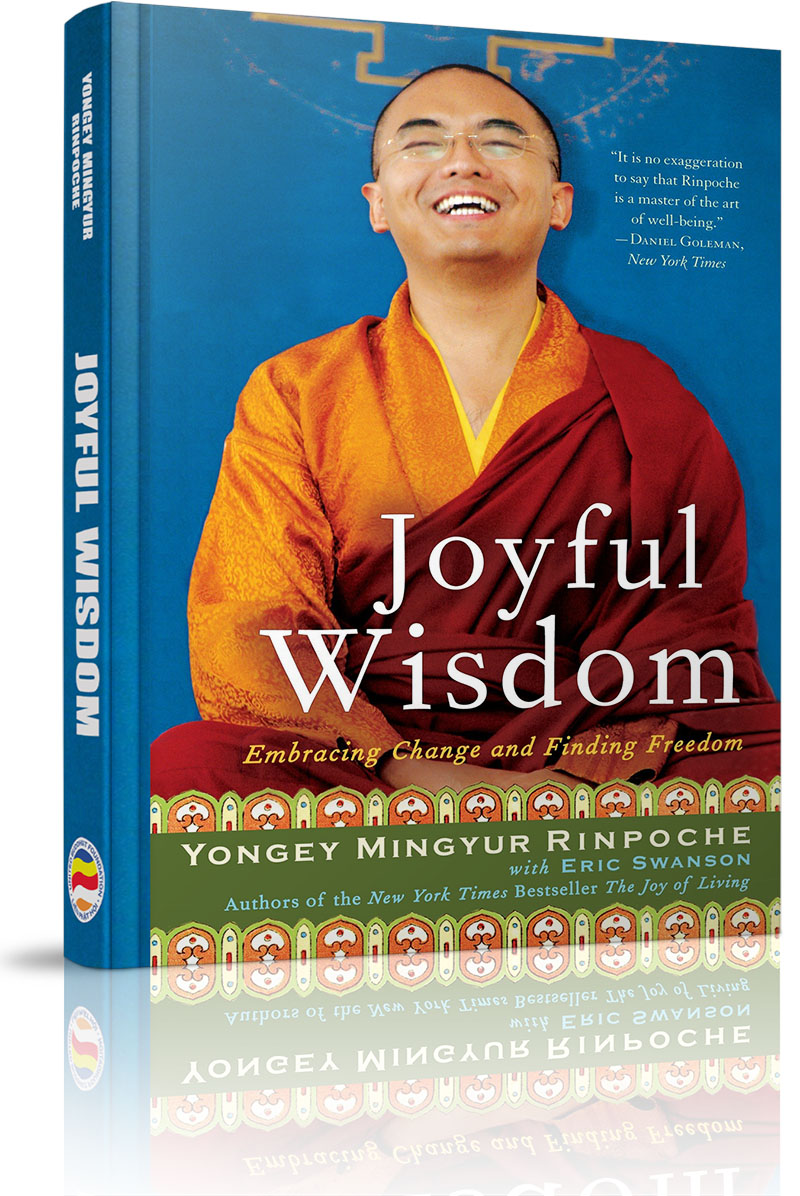Bất lương không phải là tin hay không tin, mà bất lương là khi một người xác nhận rằng họ tin vào một điều mà thực sự họ không hề tin. (Infidelity does not consist in believing, or in disbelieving, it consists in professing to believe what he does not believe.)Thomas Paine
Người biết xấu hổ thì mới làm được điều lành. Kẻ không biết xấu hổ chẳng khác chi loài cầm thú.Kinh Lời dạy cuối cùng
Người ta có hai cách để học hỏi. Một là đọc sách và hai là gần gũi với những người khôn ngoan hơn mình. (A man only learns in two ways, one by reading, and the other by association with smarter people.)Will Rogers
Thành công không phải là chìa khóa của hạnh phúc. Hạnh phúc là chìa khóa của thành công. Nếu bạn yêu thích công việc đang làm, bạn sẽ thành công. (Success is not the key to happiness. Happiness is the key to success. If you love what you are doing, you will be successful.)Albert Schweitzer
Lo lắng không xua tan bất ổn của ngày mai nhưng hủy hoại bình an trong hiện tại. (Worrying doesn’t take away tomorrow’s trouble, it takes away today’s peace.)Unknown
Người ta thuận theo sự mong ước tầm thường, cầu lấy danh tiếng. Khi được danh tiếng thì thân không còn nữa.Kinh Bốn mươi hai chương
Ta như thầy thuốc, biết bệnh cho thuốc. Người bệnh chịu uống thuốc ấy hay không, chẳng phải lỗi thầy thuốc. Lại cũng như người khéo chỉ đường, chỉ cho mọi người con đường tốt. Nghe rồi mà chẳng đi theo, thật chẳng phải lỗi người chỉ đường.Kinh Lời dạy cuối cùng
Hãy học cách vui thích với những gì bạn có trong khi theo đuổi tất cả những gì bạn muốn. (Learn how to be happy with what you have while you pursue all that you want. )Jim Rohn
Đừng cư xử với người khác tương ứng với sự xấu xa của họ, mà hãy cư xử tương ứng với sự tốt đẹp của bạn. (Don't treat people as bad as they are, treat them as good as you are.)Khuyết danh
Chúng ta sống bằng những gì kiếm được nhưng tạo ra cuộc đời bằng những gì cho đi. (We make a living by what we get, we make a life by what we give. )Winston Churchill
Tìm lỗi của người khác rất dễ, tự thấy lỗi của mình rất khó. Kinh Pháp cú
Trang chủ »» Danh mục »» THUYẾT GIẢNG GIÁO PHÁP »» Joyful Wisdom »» Introduction »»
 Xem Mục lục
Xem Mục lục 

DO NXB LIÊN PHẬT HỘI PHÁT HÀNH
Mua sách qua Amazon sẽ được gửi đến tận nhà - trên toàn nước Mỹ, Canada, Âu châu và Úc châu.
Quý vị đang truy cập từ IP 216.73.216.60 và chưa ghi danh hoặc đăng nhập trên máy tính này. Nếu là thành viên, quý vị chỉ cần đăng nhập một lần duy nhất trên thiết bị truy cập, bằng email và mật khẩu đã chọn.
Chúng tôi khuyến khích việc ghi danh thành viên ,để thuận tiện trong việc chia sẻ thông tin, chia sẻ kinh nghiệm sống giữa các thành viên, đồng thời quý vị cũng sẽ nhận được sự hỗ trợ kỹ thuật từ Ban Quản Trị trong quá trình sử dụng website này.
Việc ghi danh là hoàn toàn miễn phí và tự nguyện.
Ghi danh hoặc đăng nhập